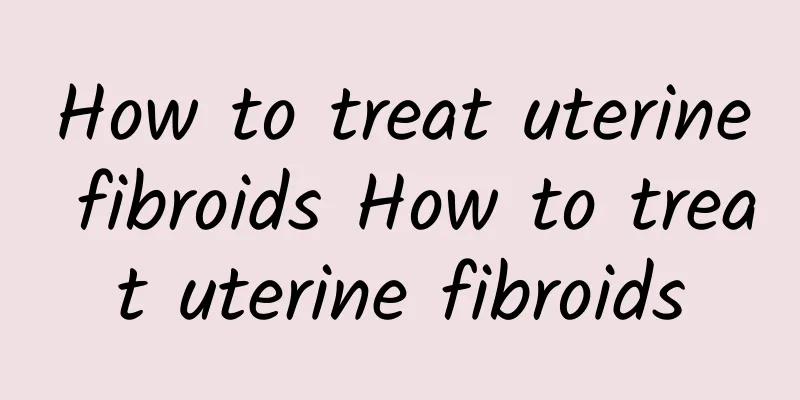What are the symptoms of ovarian cysts and how to detect them

|
What are the symptoms of ovarian cysts and how can they be detected? 1. Patients can discover ovarian tumors in time by themselves. When they wake up in the morning, they can empty their stomachs and empty their bowels and bladders. They can lie on their backs in bed, bend their hips and knees, relax their abdomen, and use their fingertips to press various parts of the abdomen, especially the sides, and carefully feel for lumps. In this way, it is possible to self-discover ovarian tumors at an early stage. It is easy for thin women with soft skin to touch and self-examine. 2. To put it simply and intuitively, "ovarian cyst" refers to a mass inside or on the surface of the ovary. The symptoms of ovarian cysts are usually liquid, sometimes solid, or a mixture of liquid and solid. Ovarian cysts are usually relatively small, the size of a pea or cashew, and some cysts look like softballs or even larger. 3. The pain caused by ovarian cysts is sometimes persistent and sometimes hidden. Malignant cysts mainly cause abdominal pain, leg pain, and pain, often requiring patients to seek emergency treatment. Usually, huge ovarian tumors can cause dyspnea and palpitations due to compression of the diaphragm. Ovarian tumors can also cause ovarian cysts to block the birth canal, but the dyspnea of some ovarian tumor patients is caused by pleural effusion on one or both sides. 4. If the tumor has no complications, pain is rare. Patients with ovarian tumors experience abdominal pain, especially when it occurs suddenly. It is mostly caused by tumor pedicle torsion, and occasionally by tumor rupture, bleeding or infection. Malignant cysts mainly cause abdominal pain and leg pain, and the pain often causes patients to go to the emergency room. 5. Generally, ovarian cysts, even bilateral ovarian cysts, do not cause menstrual disorders because they do not destroy all normal ovarian tissue. Some uterine bleeding is not endocrine, or it is caused by ovarian tumors changing the pelvic vascular distribution, causing endometrial congestion; or it is caused by malignant ovarian tumors directly metastasizing to the endometrium. Menstrual disorders caused by endocrine tumors are usually combined with other secretory effects. |
<<: Does wearing an IUD have any effect on adenomyosis?
>>: What causes ovarian cysts?
Recommend
What are the causes of acute pelvic inflammatory disease?
What are the causes of acute pelvic inflammatory ...
What are the diets for uterine effusion?
What are the dietary considerations for uterine e...
What are the symptoms of cystic ovarian cysts and how to treat them
What are the symptoms of cystic ovarian cysts and...
Stress can make people fat and depressed. How to solve the problem of stress-induced obesity? Traditional Chinese Medicine: 3 types of symptomatic treatment to get rid of obesity
People often say, "Stress can make people fa...
What are the dangers of cervicitis
Cervicitis is a relatively common disease, so we ...
Why are cervical warts misdiagnosed?
Once people suffer from a disease, they can't...
Don't touch it! Fried and pickled foods can cause premature aging
The famous Taiwanese chef Chef A-Chi once said, &...
Does cervical erosion during pregnancy cause brown discharge? There are two things to note about cervical erosion during pregnancy.
Everyone should know that under normal circumstan...
Experts reveal common dietary taboos for patients with adnexitis
Female friends must pay attention to their diet a...
What medicine is most effective for women with irregular menstruation? What should women with irregular menstruation eat?
What medicine is most effective for irregular men...
What should we pay attention to in the care of patients with chronic cervicitis? Several nursing measures for women with chronic cervicitis
It is divided into acute and chronic. The course ...
How are pelvic inflammatory disease symptoms treated?
Although pelvic inflammatory disease is a very co...
Tocopherol helps you lose weight! Musk grape seed oil has a set
If you want to lose weight, the thing you fear mo...
To prevent vaginitis, you need to take the right approach
Vaginitis is a relatively serious disease among w...
Cure rate of habitual abortion
With the accelerated pace of life and the increas...









